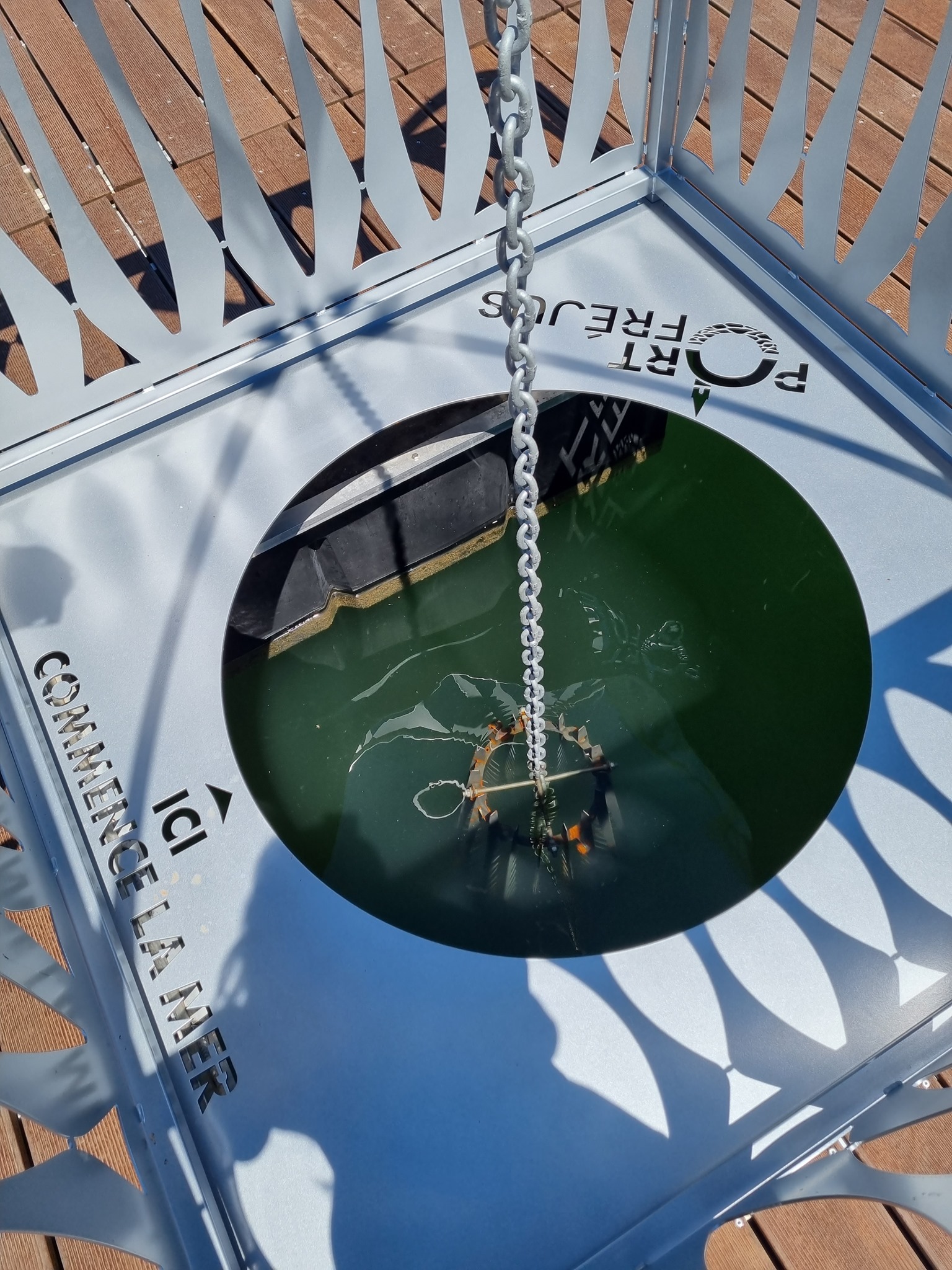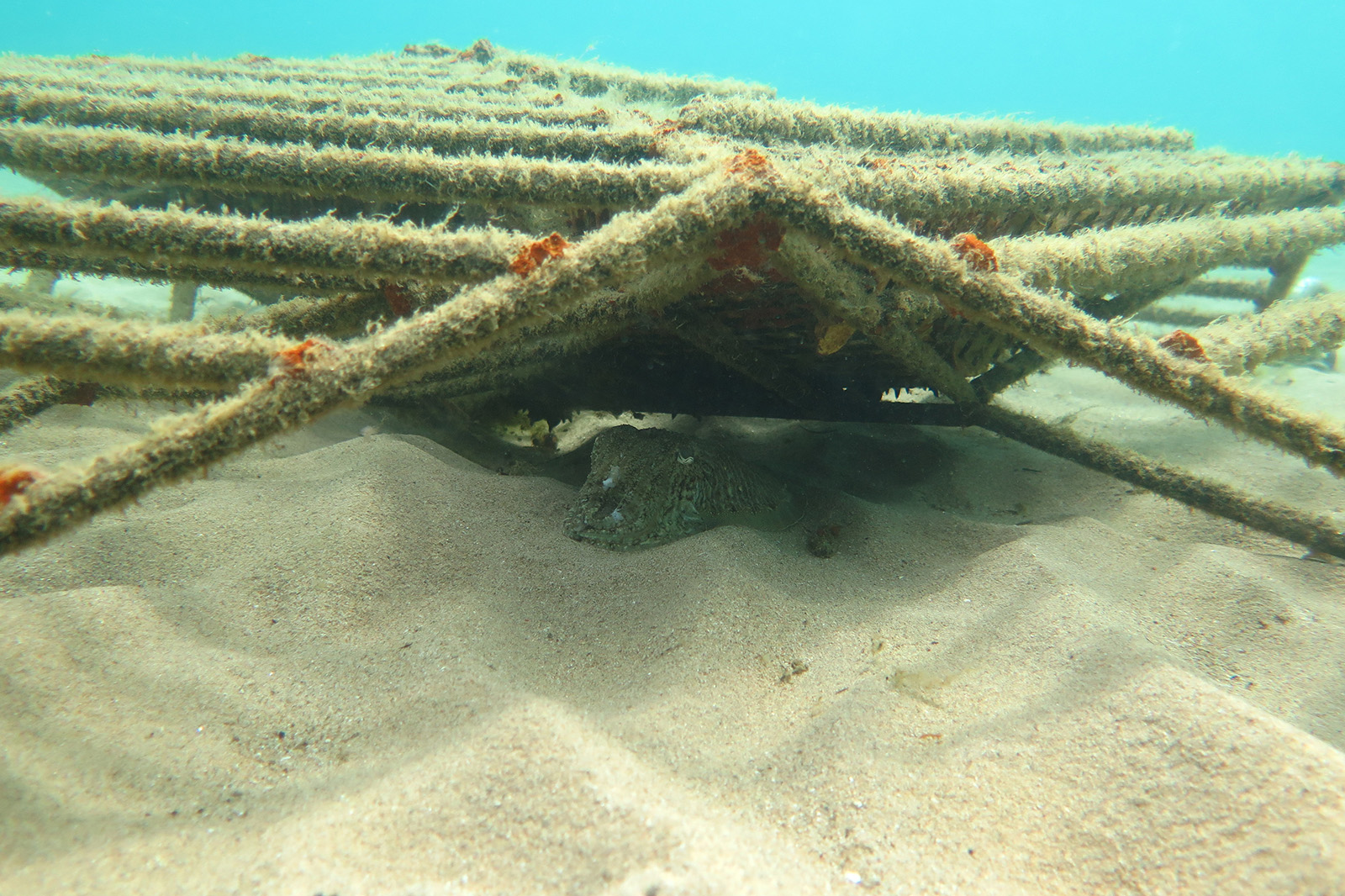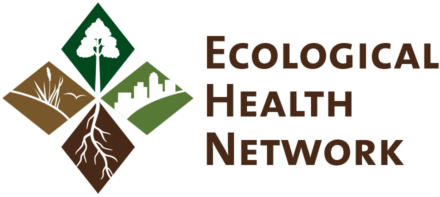Port of Fréjus – France – Rehabilitation of Fish Nursery Functions
Juvenile Seabream (Diplodus puntazzo) sheltering in a Biohut© in the port of Fréjus, France. Photo taken during a monitoring session.
Location
Fréjus – Mediterranean coast, Provence-Alpes Cote d’Azur (PACA) region, Var, France
Category
Site
Hub Name
Ecocean Northwest Coastal Mediterranean Hub - France and Spain
Ecosystems
Coastal ecosystems, rocky marine bottoms, shallow saltwater ecosystems
Land Tenure
Municipal and state ownership
Contact
Glenn Fauchon
Gilles Lecaillon
Website
Area of the site
7.5 hectares
Date of initiation
June 2018
Institutional collaborators
Port de Fréjus, WeOcean, French Water Agency (Agence de l’eau, AERMC)
Ecological importance of the site
- Nursery habitat for fish and invertebrates
- Habitat for the dusky grouper (Epinephelus marginatus), and other iconic and keystone species
Socio-economic importance
- Small port heavily visited for recreation and tourism. Numerous benefits resulting from increased biodiversity and improved ecosystem services
- Raising environmental awareness and education
- Supporting local fisheries
- At broad scale, populations of dusky grouper and other sought-after fish are strengthened.
First habitat rehabilitation operations
Since 2018, the Port of Fréjus, on the French Mediterranean coast, has committed to working with Ecocean to restore key ecological functions to coastal and marine areas that have been continually altered since colonialization by the Roman empire but, especially, from 1989 to the present.
Located in the Var Department, the port of Fréjus is today an important marina for recreational boat users especially during summer. While the port’s docks and pontoons are also habitat to a certain extent for juvenile seabream, wrasse, and grouper; however, they don’t by any means offer the same diversity, quality or quantity of habitat as the historic coastal ecosystems that have been transformed and impaired.
With the financial support of the water agency (AERMC – Agence de l’Eau Rhône Méditerranée Corse) and the municipality of Fréjus, the installation of 63 Biohuts© has greatly helped to replace the missing natural habitats for juvenile fish in the port basins. These artificial habitats are monitored and maintained every year; during the first four years, 16 different fish species were observed in and around the Biohuts and as many as 800 individual juvenile fish using the modules as a nursery were recorded. In addition to fish, on average 100 species of invertebrate animals have been recorded in each of the Biohuts during successive monitoring sessions.
The port of Fréjus is one of the most dynamic ports participating in the NAPPEX network (artificial nurseries for exemplary ports), supported by the AERMC and Provence-Alpes-Côte-d’Azur Region and sets an example for how to move forward with new actions for biodiversity enhancement that also meet socio-economic and cultural development goals.
Awareness raising and environmental education, important side benefits of port habitat restoration and rehabilitation
After the success of the installation of the Biohut nurseries and of the first environmental awareness raising and educational activities of Ecocean in 2018-2019, the port of Fréjus was willing to go further with outreach activities to the public and community who use and love the port. First of all, the port dedicated one of its staff members to concentrate on education and awareness raising activities related to Ecocean’s interventions.
Out of this, a new project was born, and along the docks of the port different support and activities have been implemented to share with the public the need to protect marine ecosystems and their native biodiversity. This project, a self-guided educational pathway named the Grouper Path, offers “nudges” and signage to help visitors learn more about the marine environment in southern France, and in the Northwest quadrant of the Mediterranean Basin. On-site visits and activities are also developed with schools so that students and teachers can learn and understand more about who lives, and what’s happening, ecologically speaking, in the waters of the port.

Combining habitat rehabilitation and recreational activities
In 2022, a new step was taken with the installation of something we call the Biohut Trail, a self-guided underwater trail for snorkelers, just off the beach of Fréjus, where sculptures and assemblages with animal shapes and habitat functions have been placed. These modules have been designed to illustrate the varied functions of the artificial Biohut habitats. Through guided visits and with the help of educational buoys with underwater infographics, snorkelers can observe fish in their habitats and learn more about their ecology and what they need to complete their life cycles. The sculptures have already been colonized by several species of fish, and the communities living on them are monitored by the scientists and divers of Ecocean.

The site of Fréjus is a precursor and pilot study area in the northwest Mediterranean region regarding fish habitat rehabilitation in ports and provides a template for awareness raising in local communities, schools, and the general public. Many innovative processes, implemented there for the first time, are being regularly monitored and evaluated for aftercare, and the port, with Ecocean’s help, aims to carry on its pioneering initiative.

